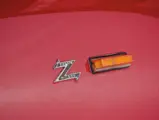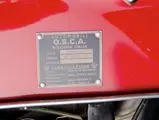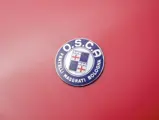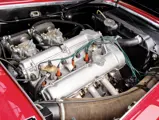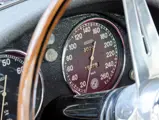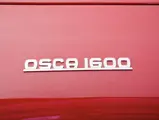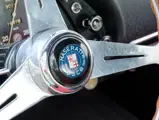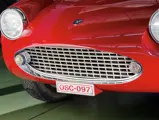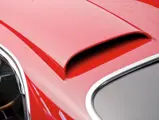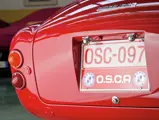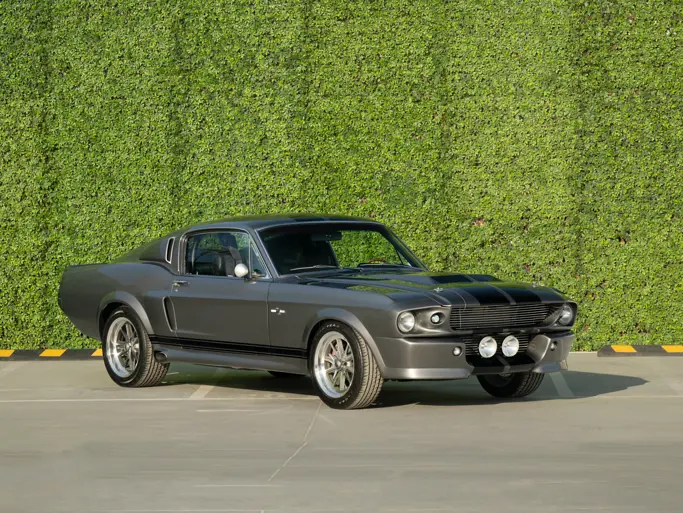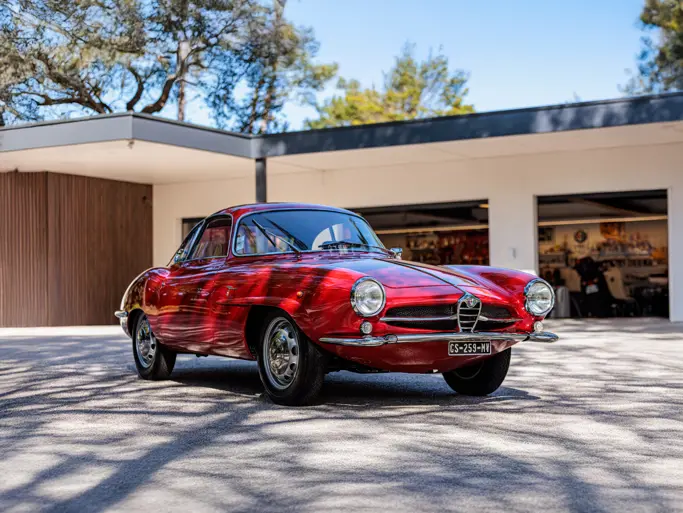105 bhp, 1,568 cc dual overhead cam inline four-cylinder engine, dual Weber carburettors, four-speed manual gearbox, four-wheel independent suspension, and four-wheel disc brakes. Wheelbase: 88.6 in. (2,250 mm)
• One of only approximately 98 examples bodied by Zagato
• OSCA’s most refined berlinetta; engineering by the Maserati brothers
• Documented restoration; class winner at the Villa d’Este Concorso d’Eleganza
In 1947, with their contract to Maserati-buyer Adolfo Orsi fulfilled, the Maserati brothers finally left their namesake company, disenchanted with management’s growing focus on road-going GT cars. Returning to their original location in Bologna, the Maseratis founded the Officine Specializzate Costruzioni Automobili, or OSCA. With a competition mandate, OSCA developed a spider-bodied racer powered by a new inline four-cylinder engine called the Maserati Tipo 4. Instantly competitive and featuring ever-evolving engine displacements, the MT4 reached its zenith in 1954 at the 12-Hours of Sebring, when Stirling Moss drove one to victory for Briggs Cunningham’s team.
On the back of this success, and not impervious to the need to sell cars, OSCA engineered a dual-purpose berlinetta in 1960, incorporating a 1,568-cubic centimetre version of the twin-cam engine they had recently developed. Dubbed the 1600 GT, the new car was available with several different bodies, but none prettier than the double-bubble coupes produced by Zagato. Only approximately 98 examples of the Zagato-bodied 1600 GT were manufactured, and the unique berlinettas remain among the most prized of the early-1960s, boutique, Italian, dual purpose cars.
According to copies of original registration records, this beautiful OSCA’s Certificate of Origin was issued on 2nd April 1963. Passing through several early caretakers in Rome, 0097 was eventually acquired by German collector Peter Kaus, who maintained the car within his well-known private museum of Italian sports cars, the Rosso Bianco Museum. The 1600 GT remained on display in the museum for several years before being purchased by Winfried Reiss, who registered the OSCA at his second home in Casteveccana, Italy and opted to restore the aging berlinetta during the late-1990s.
A complete cosmetic restoration was entrusted to Quality Cars in Padova, whose craftsmen cut their teeth working for Dino Colognato, the famed Italian carrozzeria and body restorer. While Quality Cars conducted a bare-metal repaint and full re-upholstery of the interior. Mechanical and electrical considerations were overseen by the Officina Antoniana, the official Maserati agent in Padova. Full photo-documentation of this restoration continues to accompany the car today. Mr Reiss unhesitatingly enjoyed the benefits of this quality work, his zeal for the OSCA necessitating an additional engine rebuild following a particularly ambitious session on the autobahn. Mr Reiss later sold the striking 1600 GT in early-2006 to well-known collector of Italian cars, Jan de Reu.
Mr de Reu immediately capitalized on 0097’s immaculate condition, earning First in Class at the 2006 Villa d’Este Concorso d’Eleganza, a strong recognition of the elegance and quality of this unusual vintage sports car. In August 2006, Mr de Reu traded the OSCA to a Belgian dealer for a Siata, and shortly thereafter, the 1600 GT was purchased by an Austrian gentleman who used it only sparingly during the next 18 months and sold it to its current owner in 2008. This rare 1600 GT Zagato still exhibits premium concours quality, proven by a showing at the 2012 Castello di Miramare Concorso d’Eleganza in Trieste, where the car was awarded Best Closed Car after 1960. Complete with FIVA and ASI passports, this rare 1600 GT is a handsome and well-documented example that features striking Zagato coachwork and is eligible for numerous vintage events.
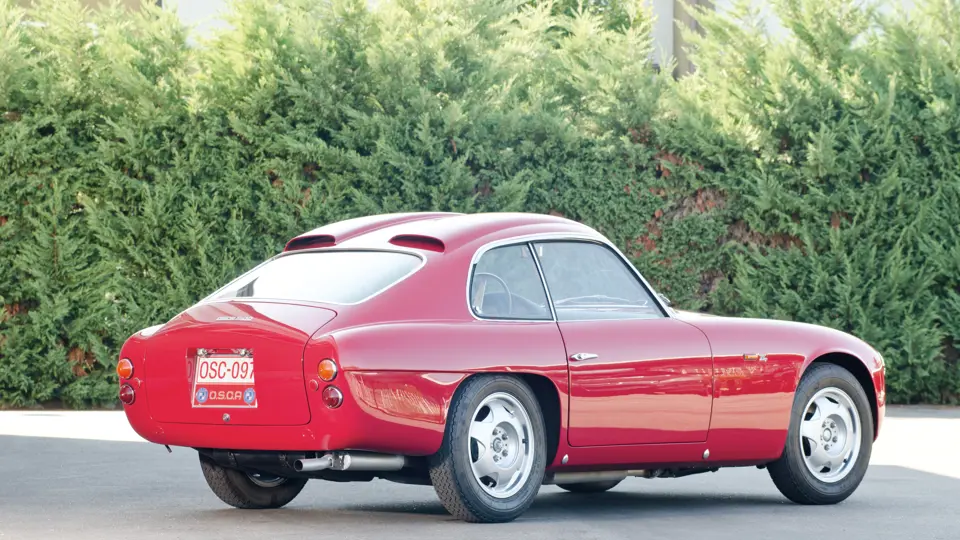
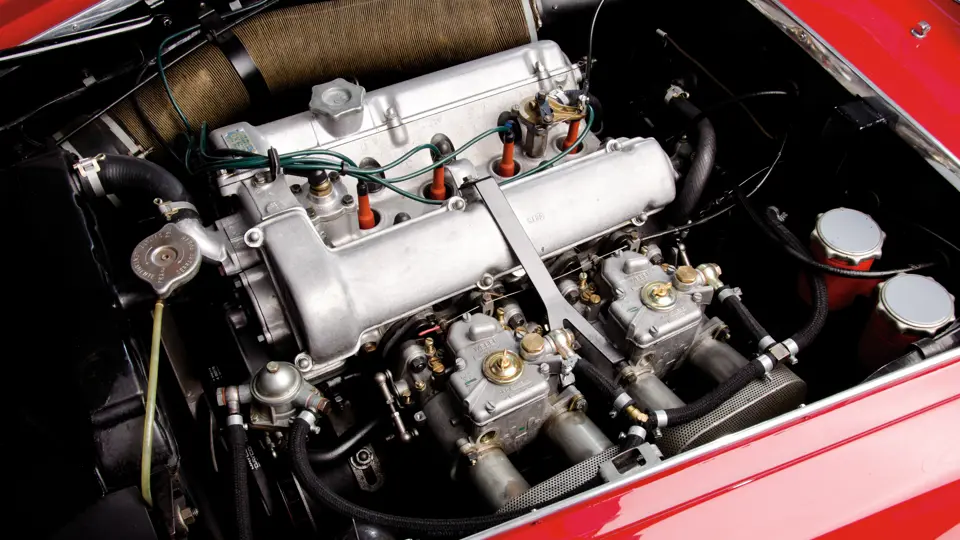


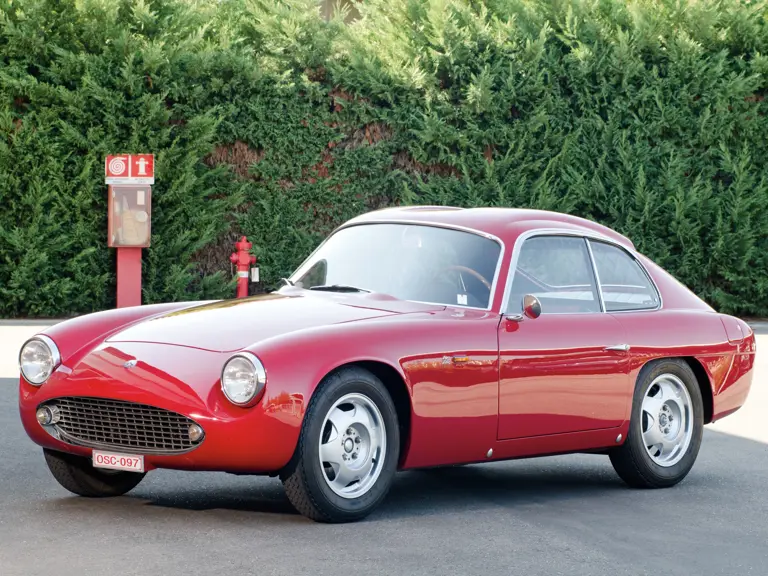


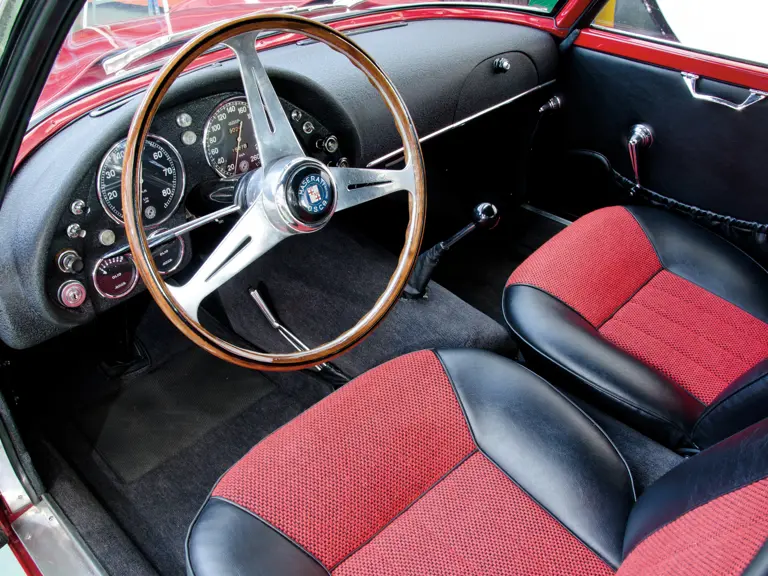
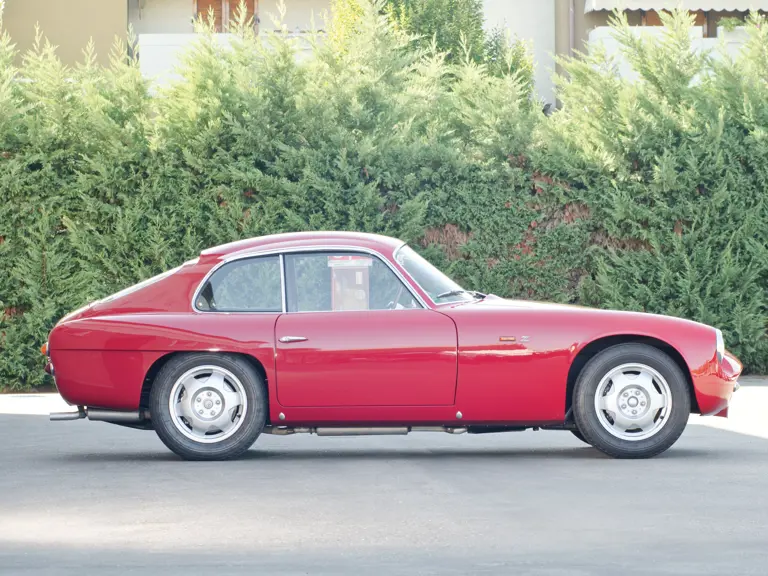

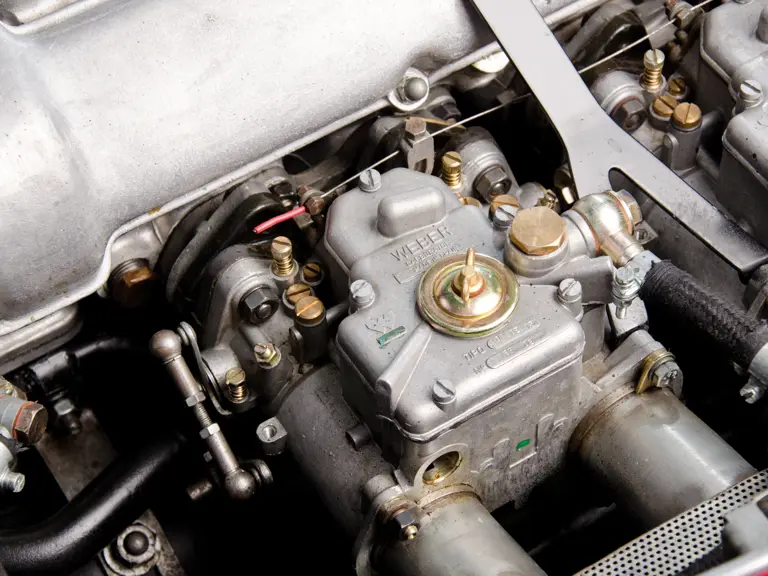
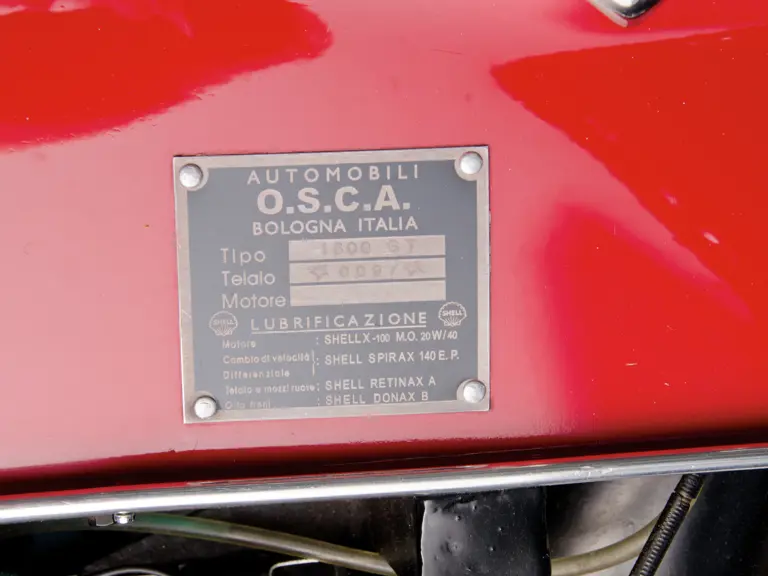
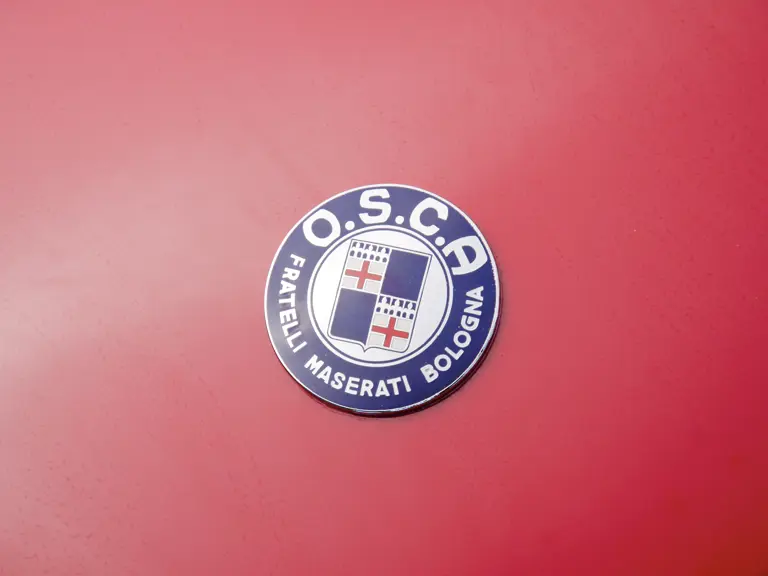
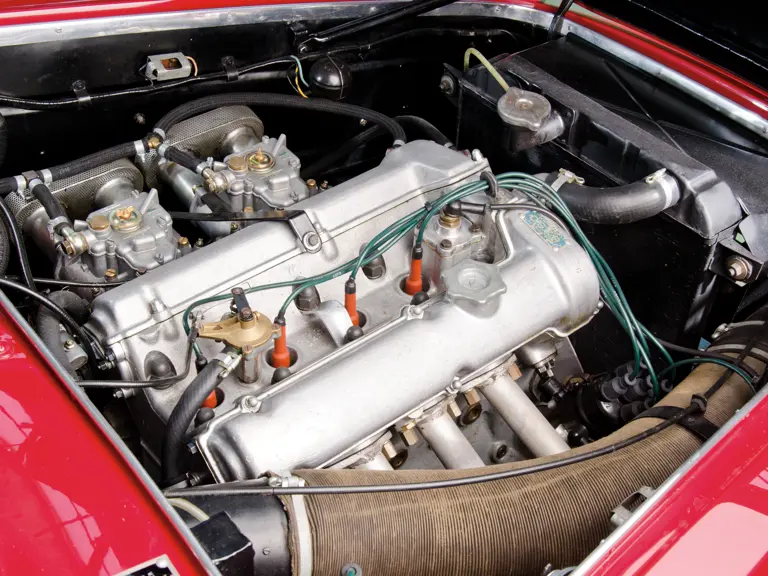

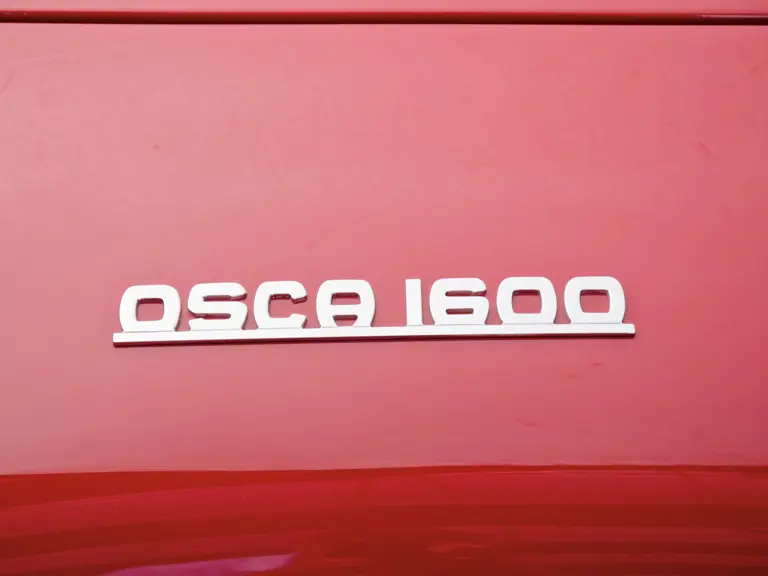
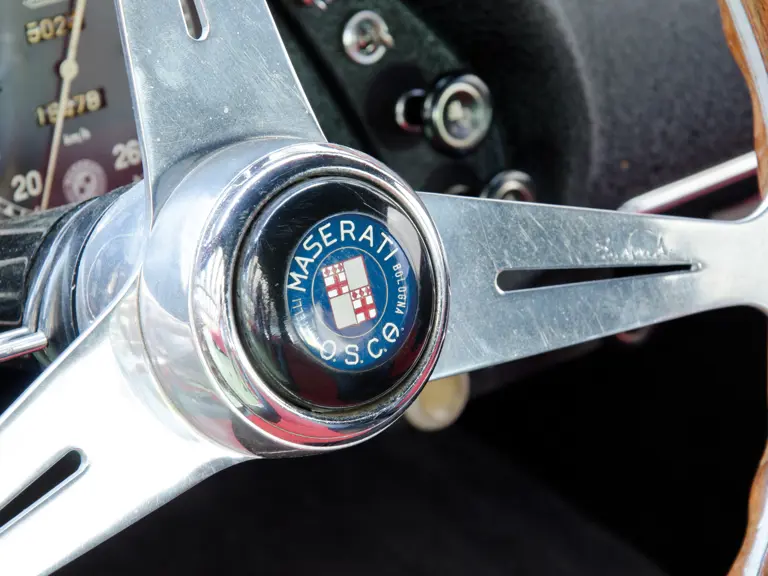
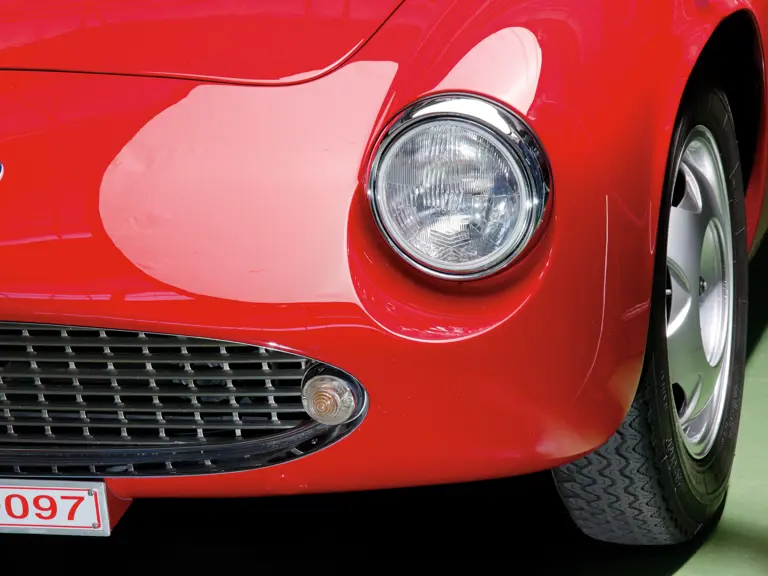

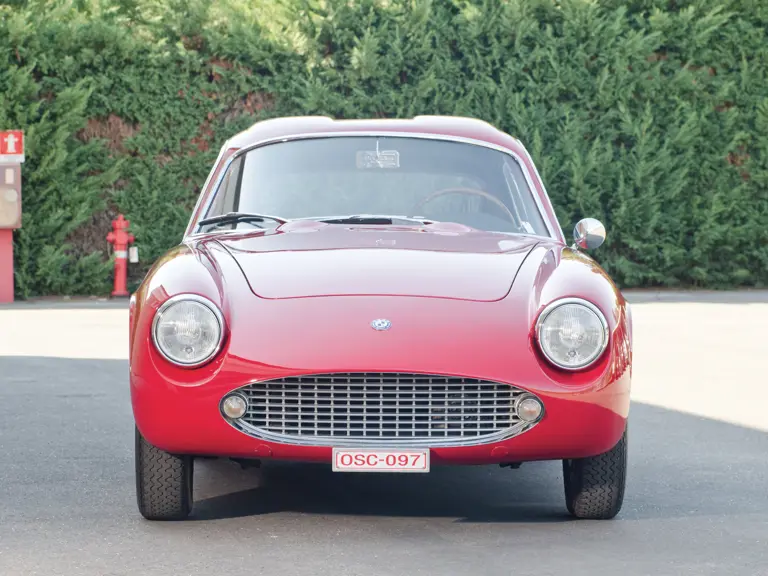
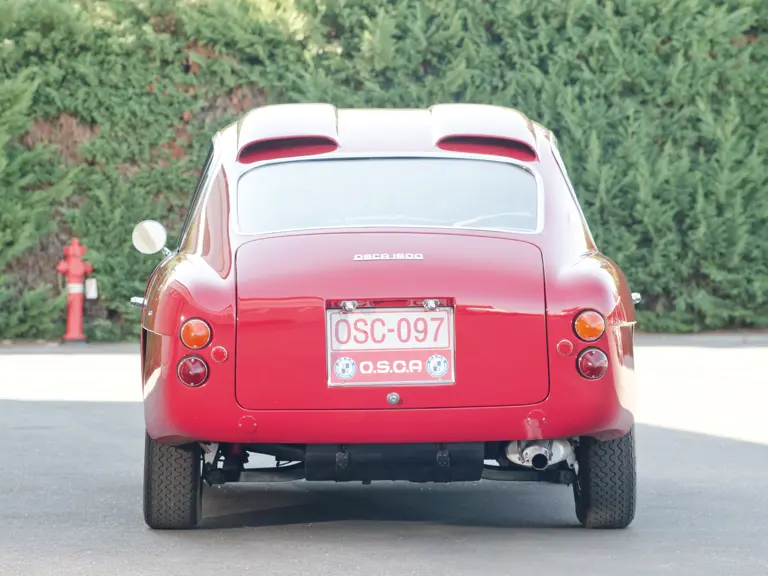
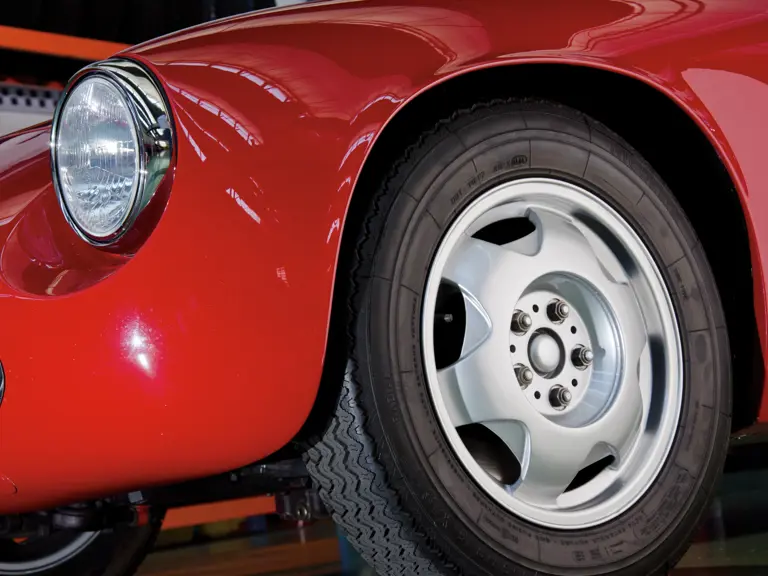
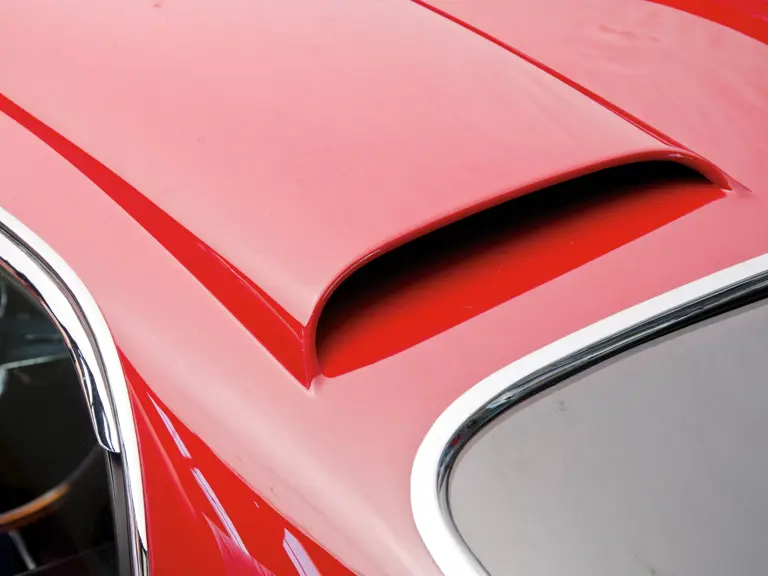
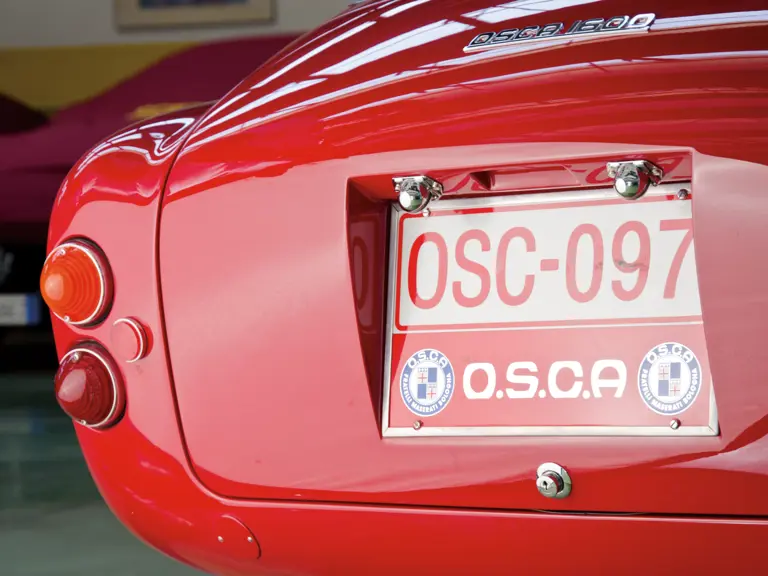
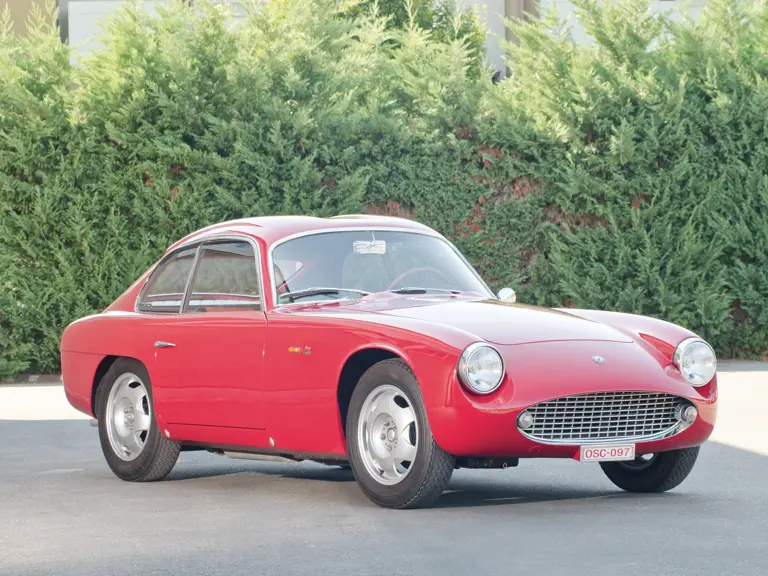
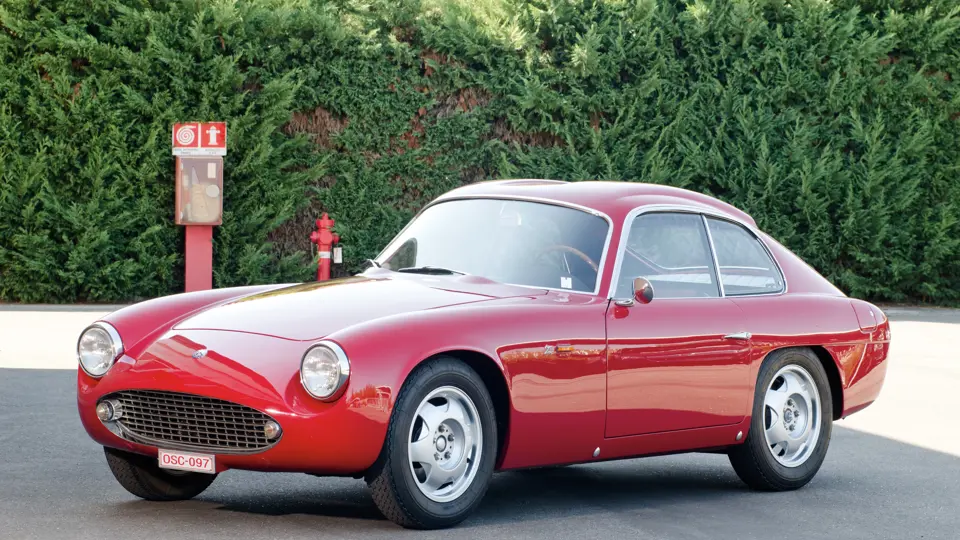
 | London, United Kingdom
| London, United Kingdom




